cystoscopy with retrograde pyelogram
 Preoperative cystoscopy with bilateral retrograde pyelograms shows a... | Download Scientific Diagram
Preoperative cystoscopy with bilateral retrograde pyelograms shows a... | Download Scientific DiagramCoronavirus (COVID-19): Silence AGAINST ANTERIOR Retrograde Pyelogram What is a retrograde Pylogram? A retrograde pilogram is an image test that uses X-rays to look at your bladder, ureters and kidneys. The ureters are the long tubes that connect your kidneys to Your bladder. This test is usually done during a test called cytscopy. Use a endoscope, which is a long, flexible, lightweight tube. During a cystoscopy, health supplier can inject contrast dye directly into the ureters. The contrast helps the parts the body appears more clearly in an X-ray. The test is done using anesthesia. Why do I need a retrograde pylogram? You may need a retrograde pyelogram if your health care provider thinks something is block the kidneys or ureters. It is also used to find a possible cause of blood in his urine. This may be a tumor, stone, blood clot or narrowing (strictions). The test is also used to check the placement of a catheter or a ureteral stent. A stent is a hollow tube that allows the urine to pass around a blockage. This test can normally be done even if you are allergic to contrast dye. Just a little the amount of the dye is absorbed by the body. The test can also be done if you have poor renal function. Your healthcare provider may have other reasons to recommend a retrograde pyelogram. What are the risks of a retrograde pylogram? You may want to ask your healthcare provider about the amount of radiation used during the period the test. Also ask about the risks as they apply to you. Consider writing all the X-rays you receive, including past scans and X-rays for others health reasons. Show this list to your provider. Risks of radiation exposure can be tied to the number of X-rays you have and the X-ray treatments you have over time. Tell your healthcare provider if: You are pregnant or think you may be. Exposure to radiation during pregnancy can lead to birth defects. They are allergic or sensitive to any medication, contrast dye or iodine. Because the contrast The dye is used, there is a risk of allergic reaction to the dye. Having kidney failure or other kidney problems. In some cases, the contrast dye can causes kidney failure. You are at greater risk of this if you take certain diabetes medicines. Possible complications of retrograde pylogram include: urinary tract infection BleedingNausea bladder tear or vomiting You may not have this test if you are severely dehydrated. You may have other risks depending on your specific health condition. Talk to you supplier about any concerns you have before the procedure. Certain things can do a less accurate retrograde pylogram. These include:Tool or gas in your Bario intestines in your intestines of a past barium test How can I prepare for a retrograde pylogram? Your healthcare provider will explain the procedure. Ask him or her any questions you have about the procedure. You may be asked to sign a consent form that gives permission to make the procedure. Read the form carefully and ask questions if something is not clear. You'll have to fast a while before the procedure. Your healthcare provider He'll tell you how long to fast, whether for a few hours or a night. Tell your healthcare provider if you are pregnant or think you may be. Tell your healthcare provider if you have ever had a reaction to any contrast dye, or if you're allergic to iodine. Tell your health care provider if you are sensitive to any medication or are allergic to it, latex, tape and anesthesia. Tell your healthcare provider of all prescription and over-the-counter medicines Herbal supplements you're taking. Tell your healthcare provider if you have a history of hemorrhagic disorders. Also tell him your provider if you are taking any anticoagulant (blood), aspirin, or other medicines that affect blood clotting. You may need to stop these medications before the test. You may need to take a laxative the night before the test and have a cleaning enema or suppository a few hours before the test. You can get a sedative before the procedure to help you relax. Because the sedative He can make you sleepy, you'll need someone to take you home. Follow any other instruction your provider gives you to prepare. What happens during a retrograde pylogram? You may have a retrograde pylogram as an outpatient or during a hospital stay. The the way the test is performed may vary depending on your condition and the health care provider practices. In general, the retrograde pylogram follows this process: You will be asked to remove any clothing, jewelry or other objects that may enter the form of proof. If you need to take off your clothes, they'll give you a robe to take you. A line IV (intravenous) will be placed on your arm or hand. You will be asked to lay your face on the X-ray table and put your legs in stirrups. You will receive a sedative or general anesthesia in the IV before putting the endoscope inside. Your healthcare provider will put an endoscope through the opening in your urethra. and move it to the bladder. Once the endoscope is in place, the bladder can be pictured. A thin tube (catheter) can be placed in one or both ureters. Your health care provider will inject the dye through the catheters. Your healthcare provider will take a series of X-rays. When X-rays are done, the healthcare provider will remove the catheter and endoscope. What happens after a retrograde pylogram? Your recovery will vary, depending on the type of procedure performed and your medical care supplier practices. After the procedure, you will be taken to the recovery room for be watched. Once your blood pressure, pulse and breathing are stable and you are Alert, they'll take you to your hospital room or they'll send you home. Your urine output will be observed closely for volume and signs of blood. It can be red of a small amount of blood. This is normal and does not necessarily mean a problem. You can tell him to keep seeing the urine out for a day or so once. You're home. You may have pain when you pee. Taking pain pain pain pain pain as recommended by your health care provider. Aspirin or certain other pain medications may increase the possibility of bleeding. Take only recommended medicine. Call your health care provider right away if any of these happen: Fever or chillsCredit, swelling, or bleeding or other drainage from the urinary opening Pain increase around urinary opening Increase in the amount of blood in the urine Problems to urinate Your health care provider may give you other instructions, depending on your situation. Next steps Before accepting the test or procedure, be sure to know: The Test Name or Procedure The reason you are having the test or procedure What results to expect and what they mean Risks and Benefits of Test or Procedure What are the possible side effects or complications?When and where should you have the test or procedure Who will test or process and what are the qualifications of that personWhat would happen if you did not have the test or procedure Any alternative test or procedure to think about When and how you will get the results Who will call after the test or procedure if you have questions or problems How much will you have to pay for the medical exam?

Retrograde pyelogram
:max_bytes(150000):strip_icc()/retrograde-pyelogram-4587585_final-b66a1a9643c64e0b8f4a5fdc89c98e0c.jpg)
Retrograde Pyelogram: Procedure, Side Effects, Results

Cystoscopy, Retrograde Pyelogram (RPG) and Insertion of Stent — Gold Coast Urology


Retrograde Pyelography - an overview | ScienceDirect Topics
AMICUS Illustration of amicus,surgery,cystoscopy,exploratory,laparotomy, retrograde,pyelogram ,extravasation,contrast,fluid,ureter,bladder,bladder,injected,urethra, cystoscope,guide,wire,injury,urine,iliac,inflammation
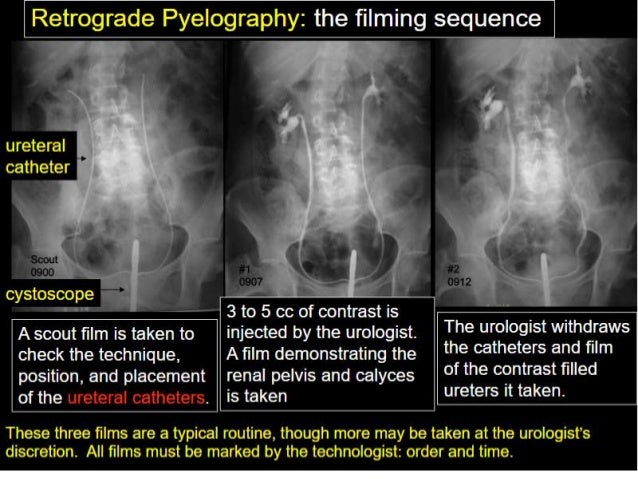
Retrograde Pyelography
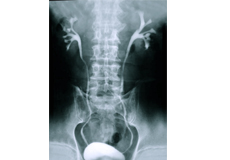
Urology WI | Cystoscopy, Prostate Biopsy, Lithotripsy & Ureteroscopy, Waukesha WI

Pyelogram - Wikipedia
:max_bytes(150000):strip_icc()/4172943_color-5be46fedc9e77c005200533d.png)
Retrograde Pyelogram: Procedure, Side Effects, Results
Procedure retrograde pyelogram | Dr. Devendra Singh Dhaker Urologist Bhopal Center | Best Urologist In Bhopal | Top Urologist In Bhopal
:max_bytes(150000):strip_icc()/kidneyureter-234bf5777c024192924ce3eea0b25752.jpg)
Retrograde Pyelogram: Procedure, Side Effects, Results
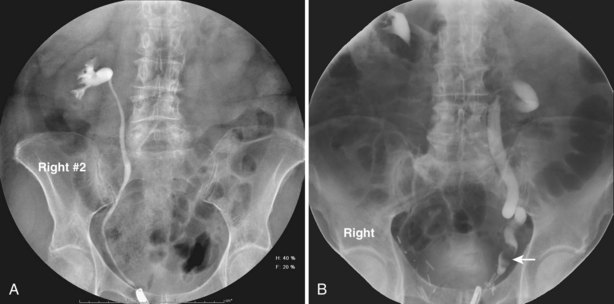
Urinary Tract Imaging: Basic Principles | Abdominal Key

Cystoscopy and retrograde pyelogram demonstrating severe hydroureter. | Download Scientific Diagram
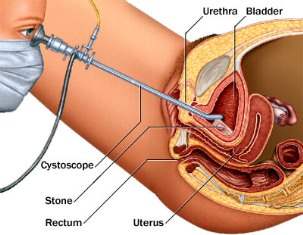
Cystoscopy
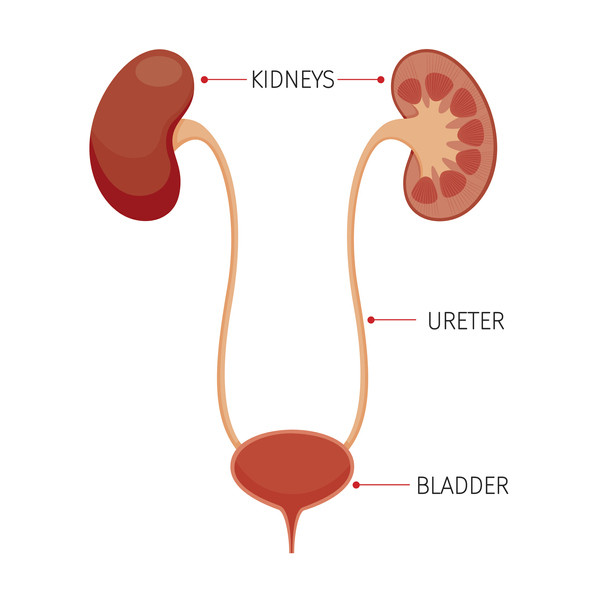
Cystoscopy - Harvard Health

Pyelogram - Wikipedia

What is Retrograde Pyelography & Its Procedure - Medics Center

Bilateral retrograde pyelogram depicting the urinary system of the... | Download Scientific Diagram
India Surgery Retrograde Pyelogram,Cost Retrograde Pyelogram Surgeons

Retrograde pyelography using a dual lumen catheter - YouTube

Retrograde Pyelography
Ureteroscopy Kidney/ureter Stone Removal
Retrograde Pyelogram |Dr. Devendra Singh Dhaker Urologist Bhopal Center| Best Urologist in Bhopal
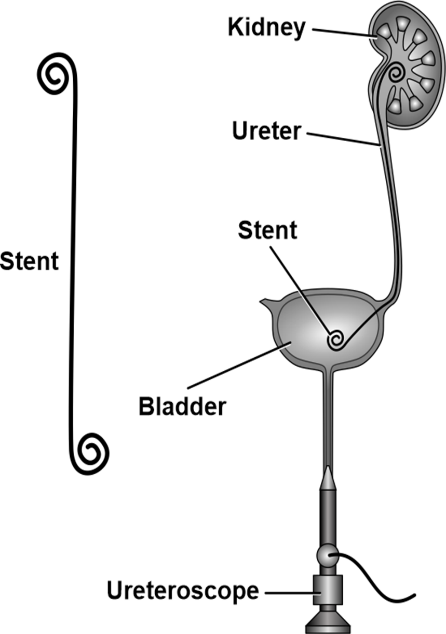
Cystoscopy and Ureteral Stent Placement
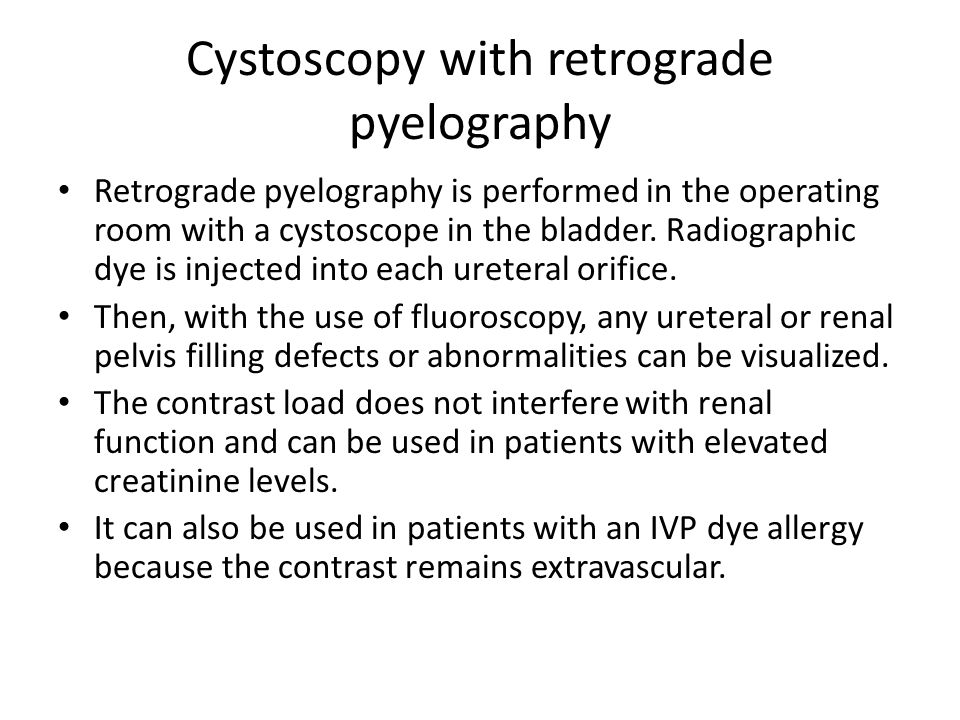
Renal & Urinary Tract Imaging in Obstructive Uropathy - ppt video online download

Retrograde Pyelography
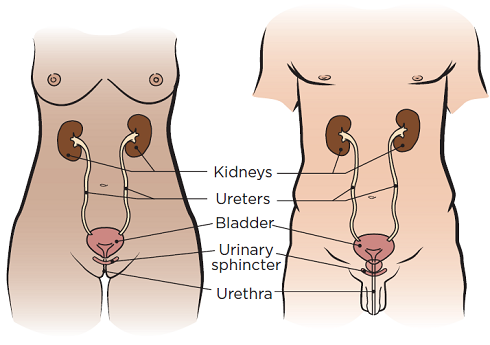
About Your Cystoscopy in the Operating Room | Memorial Sloan Kettering Cancer Center

Antegrade and retrograde pyelography

Left retrograde pyelogram. Retrograde pyelography shows complete... | Download Scientific Diagram
/513557_color2-5ba55f8646e0fb0057de54e2.png)
Cystoscopy: Uses, Side Effects, Procedure, Results
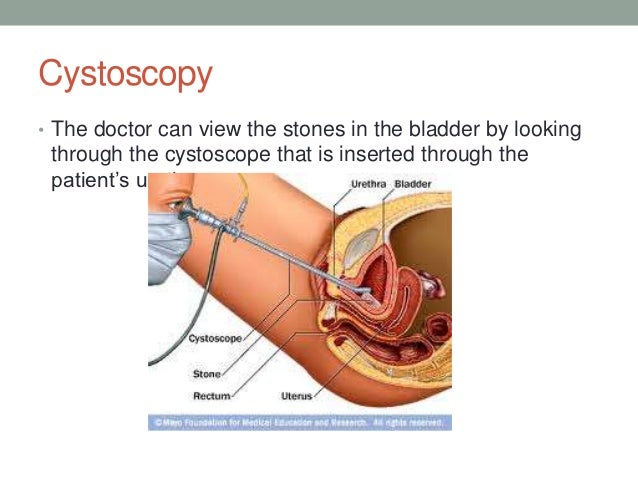
The urinary system

Ureteral injury after posterior spinal fusion - ScienceDirect

Fillable Online (Rigid ) CYSTOSCOPY AND RETROGRADE PYELOGRAM Fax Email Print - PDFfiller

MR urography versus retrograde pyelography/ureteroscopy for the exclusion of upper urinary tract malignancy - Clinical Radiology
Learning about

What is RETROGRADE PYELOGRAM? What does RETROGRADE PYELOGRAM mean? - YouTube
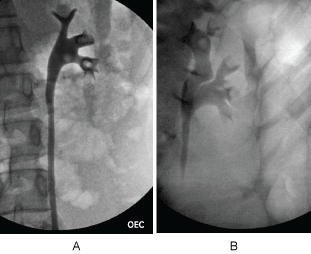
Bilateral Renal Papillary Hypertrophy: A Rare Cause of Benign Essential Hematuria Endoscopic Diagnosis and Management

Figure 2 | Ureteroarterial Fistula

Radiologic Evaluation of Hematuria: Guidelines from the American College of Radiology's Appropriateness Criteria - American Family Physician
Posting Komentar untuk "cystoscopy with retrograde pyelogram"